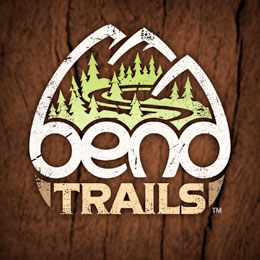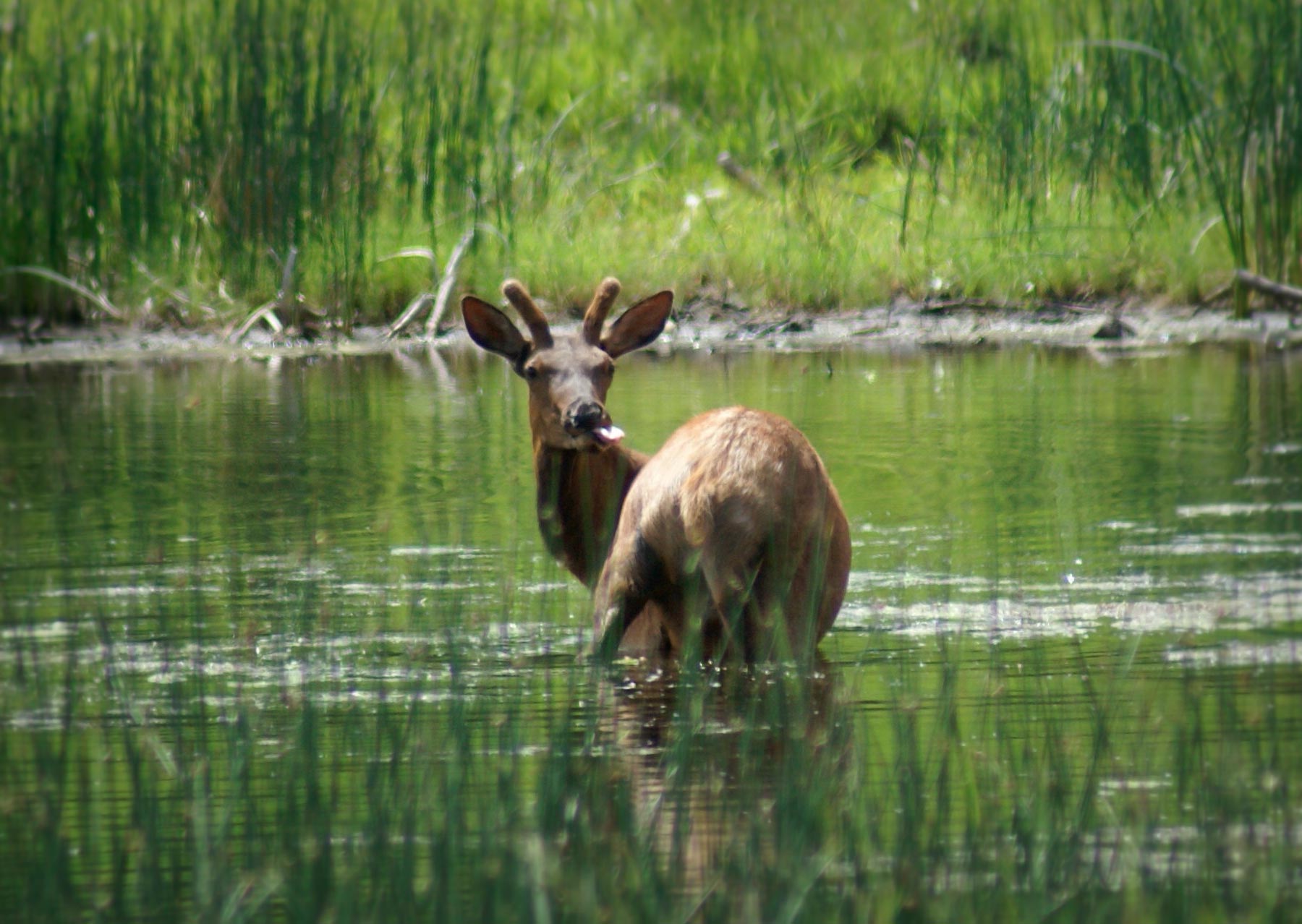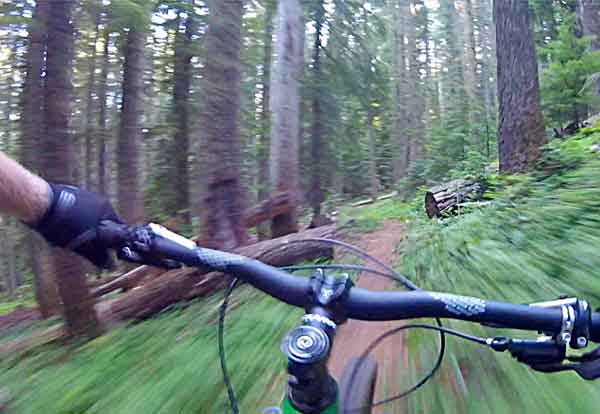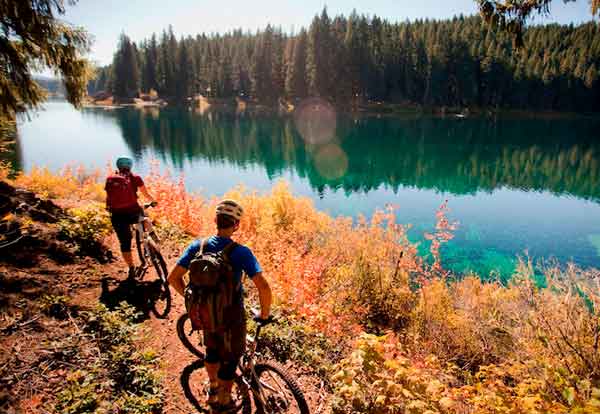Flagline Trail Closure and Elk Calving Grounds
Authors: Brock McCormick, Wildlife Biologist, US Forest Service; Nicole Strong, Assistant Professor, Forestry and Natural Resources Extension, Oregon State University
Around this time every year, snowpack melts to such an extent that we finally gain access to our highly anticipated alpine trails. It might be tempting to try to grab first tracks on Middle Flagline Trail before August 15, but doing so harasses elk cows and calves in their critical calving grounds, potentially causing long term harm to individual survival and herd health.
The Middle Flagline Trail is loaded with winter deadfall prior to August 15th
As the population of Bend and area tourism continues to grow, our recreation through wildlife habitat continues to increase, and trail development continues in surrounding areas, it is increasingly important that we think about our impacts on wildlife. In all reality there probably should not be any trails in the area in which Middle Flagline occurs, given the importance and rarity of the habitat that occurs there.
Respecting the trail closure shows that we can continue to co-exist in a respectful way that benefits both humans and wildlife.
What Are Calving Grounds and Why Are They Important?
Middle Flagline Trail is closed to protect elk cows and calves through August 15th. Calving grounds are used by elk for birthing and raising young, and for cow elk recuperation from the trials of the prior winter and giving birth.
Good calving habitat includes:
- An abundant supply of high quality, nutritious food. Lush forbs, grasses and shrubs are abundant here. Not so much in most of lower elevation forests.
- Water sources. Bridge Creek Headwaters and meadows.
- Secluded forests (No roads here! So rare!) These quiet areas provide hiding cover and shade.
The area where the Middle Flagline Trail closure occurs includes high quality calving habitat, thanks to the Bridge Creek headwaters, rare roadless areas, and scattered small meadow habitat along the north flanks of Tumalo Mountain. Low-stress time on the calving grounds is critical to gain the needed energy, protein and nutrients to improve body condition. Elk calves need to fatten up for growing and for their first winter, and elk cows need to make up for the energetic costs of birth and lactation.
Wildlife Harassment Impacts
Whether on purpose or not, disturbing calving grounds usually results in elk avoiding areas where the disturbance occurs and forces them into smaller or more marginal habitat. Increased energy expenditures from running away from people and being forced into lower quality habitat can affect body condition, survival, and ultimately survival of elk calves. Concentrating elk in smaller areas can cause increased stress, disease transmission, susceptibility to predation, and/or over-use of forage plants.
What can you do?
Stay out of Middle Flagline until August 15th.
In general, wildlife respond best to disturbances that are predictable, so please keep your wheels on open system roads and trails anywhere you travel. Respect area closures and keep your dogs under control at all times. Be mindful of your surroundings and remember to enjoy wildlife from a distance, and not to feed them.
Other Great Places to Ride!
- Metolius-Windigo #99 from Jct w/ Flagline #41 down to Happy Valley to top of Mrazek #32. Take it all the way to town!
- Swampy System. Plenty of great loops.
- Metolius-Windigo to Lava-Edison #31 Trail. Great challenging option.
- Wanoga System. Lots of great fun around this system, or shuttle to town.
 This article was contributed by Nicole Strong. Nicole is a Bend resident, mountain biker, and an Assistant Professor at Oregon State University, with degrees in Wildlife Science and Forest Resources.
This article was contributed by Nicole Strong. Nicole is a Bend resident, mountain biker, and an Assistant Professor at Oregon State University, with degrees in Wildlife Science and Forest Resources.








Comments and Discussion
Got something to add to this post? Please share it here...